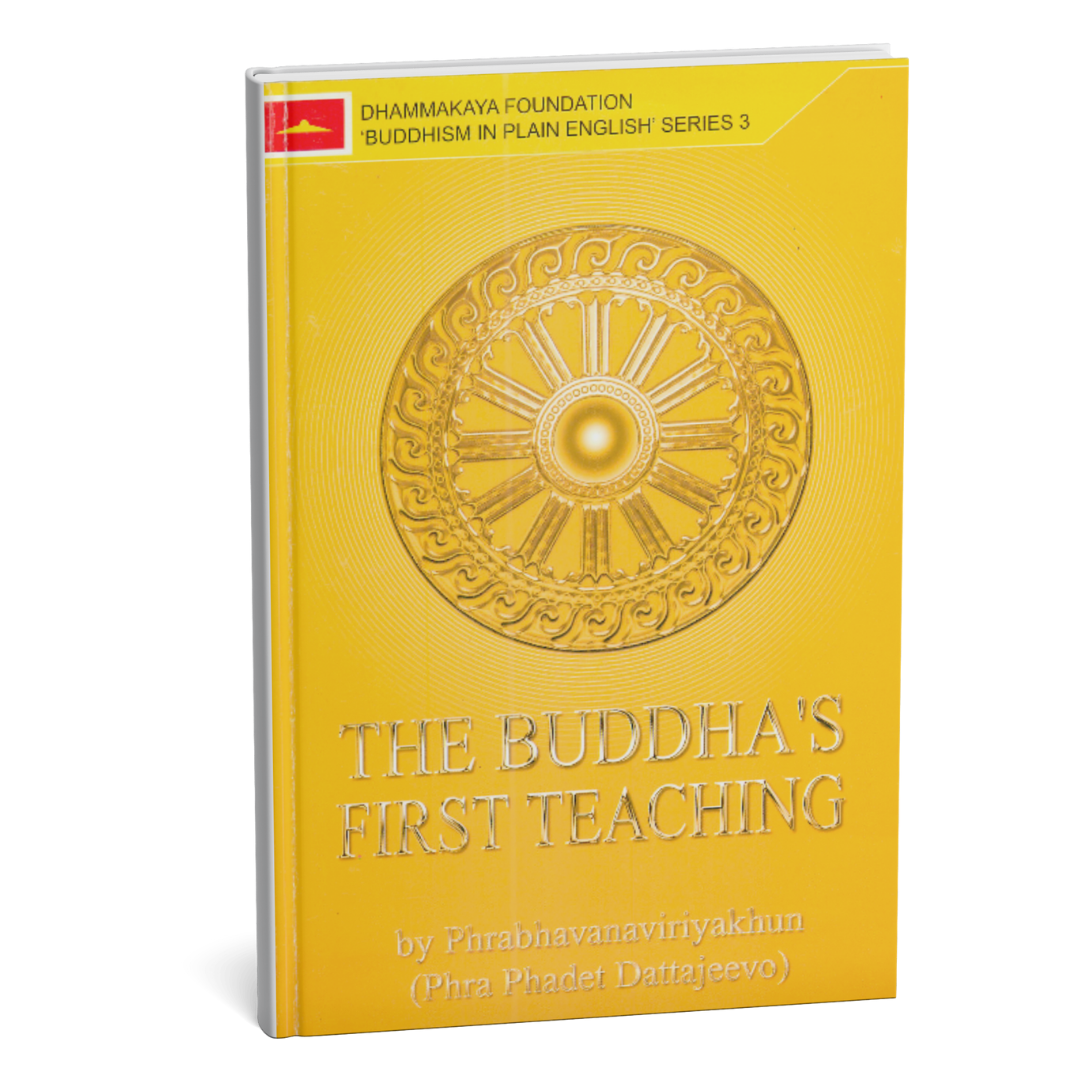
Practice Online
Purify the mind & cultivate wisdom at home
Quick Start
learn the basics for 5 minutes and practice meditation for 10 minutes with the introductory video below
Summary of How to Practice Dhammakaya Meditation
to set the conditions that are suitable for the mind to become more still over time, we must find a balance of comfort and awareness
- Maintain a light, gentle awareness with a meditation tool
- Reconnect softly and slowly whenever the mind strays
- Relax your body via an upright, comfortable seated position
- Relax your mind like you are simply taking a mental vacation
The 3 Tools to Maintain Awareness
use whatever of the following tools feels calming and natural or simply maintain the balance of comfort and awareness in your own favorite way….
- A mantra is a calming phrase that we mentally repeat like music in the background of the mind to slowly soothe our thoughts into stillness
- “Samma” means right or correct and “Arahang” means a state of complete mental purity. So it’s like you are reassuring yourself that you’re using the right method to purify the mind
- Feel free to use any other combination of words that has a calming effect on the mind (i.e. “Clear & Bright” ; “Soft & Gentle” ; “Let it Go, Let it Be” ; “Relax & Release” etc.)
- Lightly imagine a simple object like a crystal ball, the sun, or the moon
- Don’t mentally stare, just have a light internal gaze like you are looking past the object, seeing it in your peripheral vision
- Feeling relaxed is more important than the clarity of the image, so don’t push to see it more clearly
- If no image arises, you can lightly imagine the feeling of an object instead
- The center of the body is the "home of the mind" located 2 finger-widths above the navel along the central axis in front of the spine
- Rest your awareness here as soft as a bird's feather floating down to touch the surface of a still pond without even causing a single ripple
- If this feels unnatural or creates tension, simply relax your attention and anchor your awareness very lightly at any point or space in or around your body that feels most comfortable
- tip: familiarize your mind with the center by connecting your mind with this point lightly throughout the day
Pre-made Resources
access apps, courses, videos, books, and other ready-to-use resources to enrich your spiritual growth
Download the Mind Gem app in order to access guided meditation audio and wisdom talks from the various English-speaking teaching monks in our tradition. There is a timer function to help you track your progress and push notifications to remind you of upcoming online events that you can join!
MindGem - Meditation App
Download the Mind Stories app to access a different set of guided meditations in English and a number of other languages. There is also a “mantra timer” function that allows you to have the mantra repeat at various times throughout the day to help you remember to come back to stillness and inner peace!
Mind Stories - Meditation App
Build a strong habit of meditation with this 42 day program that provides daily videos, reflection questions, nuggets of wisdom for self care, a meditation journal, and the guidance of an online peace coach among other things. Once finished, you can continue the process to become a certified meditation trainer!
42-Day Meditation Program
Access a page with links to a meditation app geared towards overcoming troublesome emotions, hundreds of Youtube videos, an online meditation fundamentals course/retreat at home, 4 books, & more. Ven. Nick and Ven. Michael have packaged these tools in a very practical, universal way so that beginners can build a strong spiritual foundation!
App, Books, Courses, VDOs & More
Live Sessions
join regular live meditation sessions and Q&A’s with various monks at whatever time is most suitable for your schedule
(click on the flyer to expand)
Practice Chanting
learn why we chant, what to chant, and how to get started with this transformative practice
The Dhammacakkappavattana Sutta
Chanting is a powerful practice to soothe the mind and generate merit, and it serves four main purposes:
To pay homage to the Triple Gem: the Buddha, Dhamma, & Sangha
To reflect upon the teachings
As a form of blessing or ceremonial rite of passage
To prepare the mind for deeper stillness in meditation
The video above provides a practical look into how to chant, why it’s helpful, and why the Dhammacakkappavattana Sutta (the first teaching the Buddha gave after enlightenment) is an especially powerful chant to focus on. Below are some extra resources to help you understand the teaching on a deeper level and support your journey of getting more proficient at chanting along to the audio.
The app provided has a speed adjustment feature to slowly get used to the cadence and pronunciation, a follow-along karaoke style display of the words, and a personal chanting tally that you can submit for the global count!
Dhammacak Script
For those who would like to understand the words being recited in this chant and follow along via a script, you can download the PDF below which provides the full sutta in the Pali language followed by a full English translation. .
Dhammacak Chanting App
Dhammacak Book
A well-written and digestible deep dive into the first teaching the Buddha made after enlightenment that captures the essence of the Dhamma as a whole. A great read for those wanting to connect with the deeper power of this chant.
chanting to help root the mind in the peaceful presence of the Triple Gem as you start or end the day
Morning & Evening Chanting
Morning chanting is a practice of beginning the day by recollecting the Buddha, Dhamma, and Sangha, paying homage to their qualities so that you may embody them for the day. The final section of this video involves taking the vows of observing the 5 precepts to avoid speech and behavior that darkens the mind: killing, stealing, sexual misconduct, lying, and consumption of intoxicants for 24 hours. You can follow along with the script linked below.
Evening chanting is a time of reflection and letting go, closing the day with reverence for the Triple Gem and a review of one’s actions. Through these verses, practitioners cultivate mindfulness, acknowledge any faults, and dedicate their energy toward peace and liberation. The chanting helps settle the mind, detach from the day, and prepare the practitioner for a sound sleep in a sea of merit. You can follow along with the script linked below.





